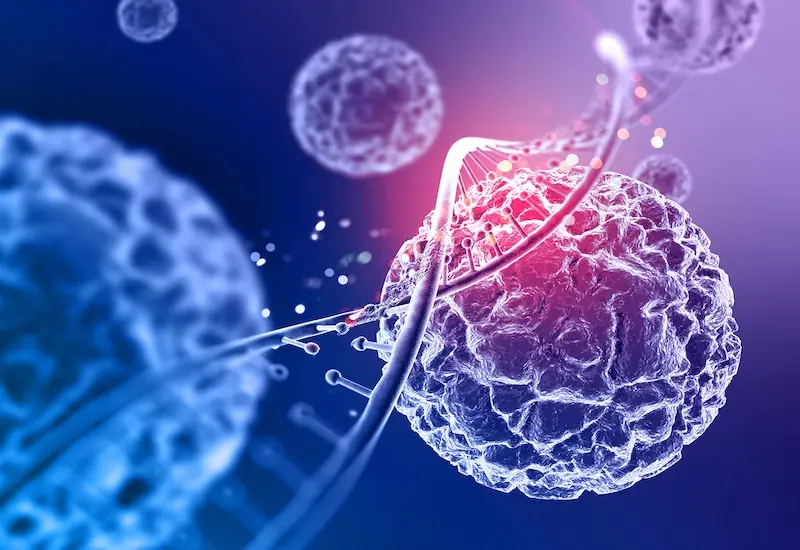
If You See Someone with Prominent Blue Veins, You Must Tell Them This — It Could Save Their Life
We often overlook the small changes in our bodies or in those around us. A persistent headache, a sudden drop in energy, or a change in skin tone may seem minor — and yet, they could be early signals of something much more serious. Among the many warning signs that often go unnoticed, one stands out because it is so visible, and yet so rarely discussed: prominent blue veins under the skin, especially when they suddenly become more visible or seem to bulge.
If you see someone with veins that are unusually blue, bulging, or appearing where they didn’t before — especially on the arms, chest, or legs — you need to tell them something important: it could be a sign of an underlying health issue that should not be ignored. In some cases, it could even save their life.
What Do Prominent Blue Veins Mean?
For many people, visible veins are normal and harmless. Some people naturally have thin skin or low body fat, making their veins more noticeable — especially in athletes or older adults. However, when veins suddenly appear more pronounced or are accompanied by symptoms like swelling, fatigue, pain, or skin discoloration, it could be a warning sign.
Here are some of the most common health conditions associated with prominent veins:
1. Venous Insufficiency or Varicose Veins
This occurs when the valves in the veins weaken or stop working properly, causing blood to pool. It’s often seen in the legs and can lead to aching, heaviness, and even ulcers if left untreated. Though common, untreated venous insufficiency can lead to serious complications like blood clots or infections.
2. Deep Vein Thrombosis (DVT)
This is a serious and potentially life-threatening condition where a blood clot forms in a deep vein, usually in the legs. A visible vein that appears suddenly, especially with swelling or pain, could be a red flag. DVT can lead to a pulmonary embolism — a fatal blockage in the lungs — if the clot travels through the bloodstream.
3. Liver or Heart Conditions
Certain cardiovascular or liver diseases can cause increased pressure in the veins, making them more visible. For example, when the liver is not functioning properly, the blood flow through it slows, causing visible chest veins or what’s known as “spider veins” on the skin.
4. Hormonal Imbalance or Medication Side Effects
In women, hormonal changes due to pregnancy, menopause, or birth control pills can cause vein dilation. Similarly, certain medications that affect blood pressure or circulation may lead to more noticeable veins.
What Should You Do?
If you or someone you know notices veins that are more prominent than usual — especially if this change is recent or accompanied by pain, fatigue, or swelling — encourage them to see a doctor as soon as possible. A simple check-up, an ultrasound, or a blood test can identify any underlying condition before it becomes dangerous.
Don’t dismiss it as a cosmetic issue. While some people worry about how it looks, the real concern should be what it could mean for their health. A kind and caring reminder from you could be the reason they catch a condition early and get the treatment they need.
Speak Up — It Could Save a Life
We’re often afraid to point out changes in others — out of politeness, discomfort, or fear of being wrong. But when it comes to health, silence can be dangerous. If you see something unusual, say something — kindly, gently, but firmly.
A simple sentence like, “I noticed your veins seem more visible than before — have you had it checked?” can open the door to awareness, diagnosis, and potentially life-saving care.
So the next time you see someone with prominent blue veins, don’t look away. Say something. You could save their life.
News in the same category

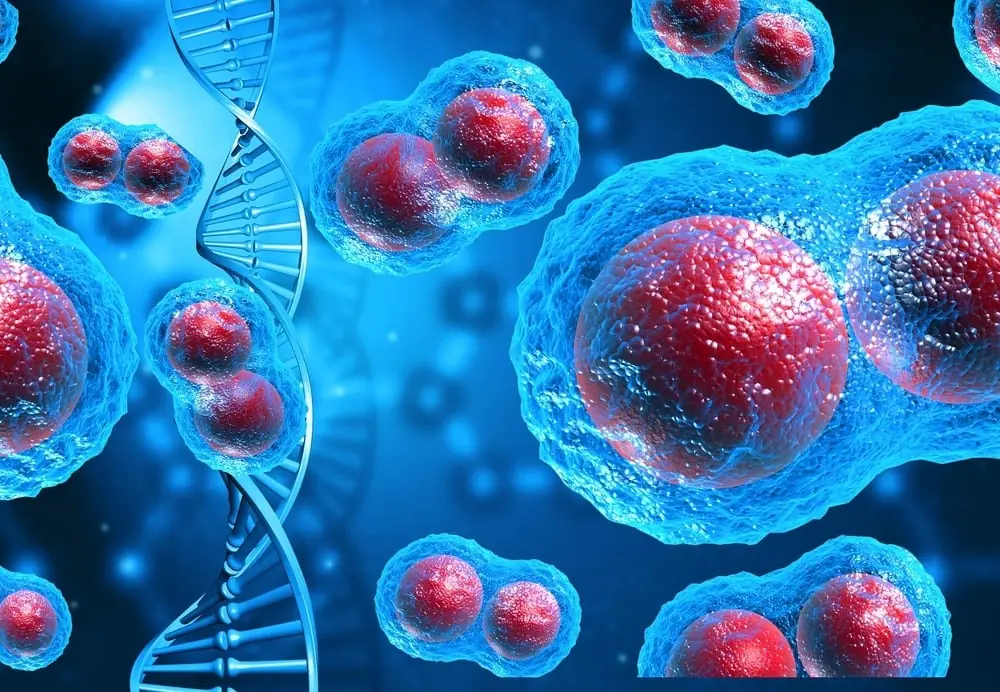
A Family of Four Siblings Diagnosed with Stomach Cancer – Doctor Shakes His Head: Two "Deadly" Common Habits Many People Share
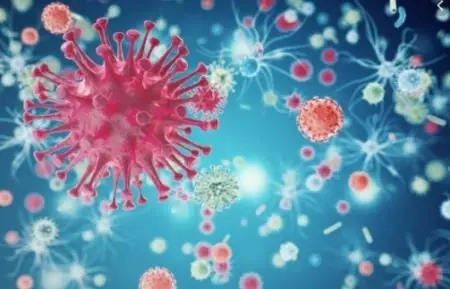
A 49-Year-Old Man Dies of Brain Hemorrhage – Doctor Warns: No Matter How Hot It Gets, Don't Do These Things

England Has Officially Started To Give Out New Injections That Treat 15 Cancers

How to Fade Age Spots: Causes, Treatments, and Prevention That Actually Work

Early Warning Signs of Liver Damage — And How to Protect and Strengthen Your Liver Naturally
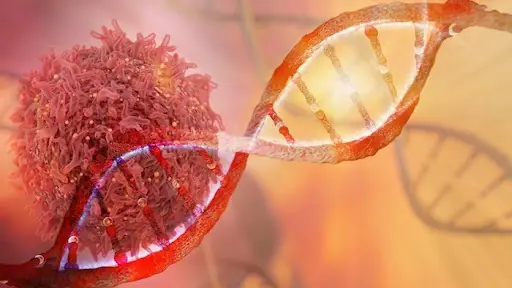
Two Itchy Areas on the Body May Signal Liver Cancer—Many Mistake It for an Allergy
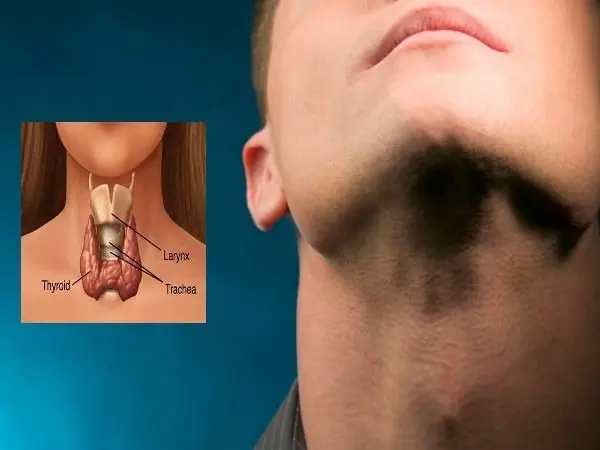
The Number of People with Thyroid Nodules Is Increasing! Doctors Repeatedly Emphasize: Eat Fewer Tomatoes and More of These 3 Foods
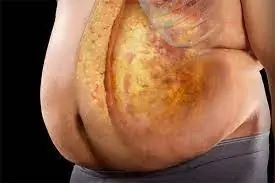
More and More People Are Suffering from Visceral Fat! Doctor: 9 Foods That Help Reduce Visceral Fat – Eat Them Regularly
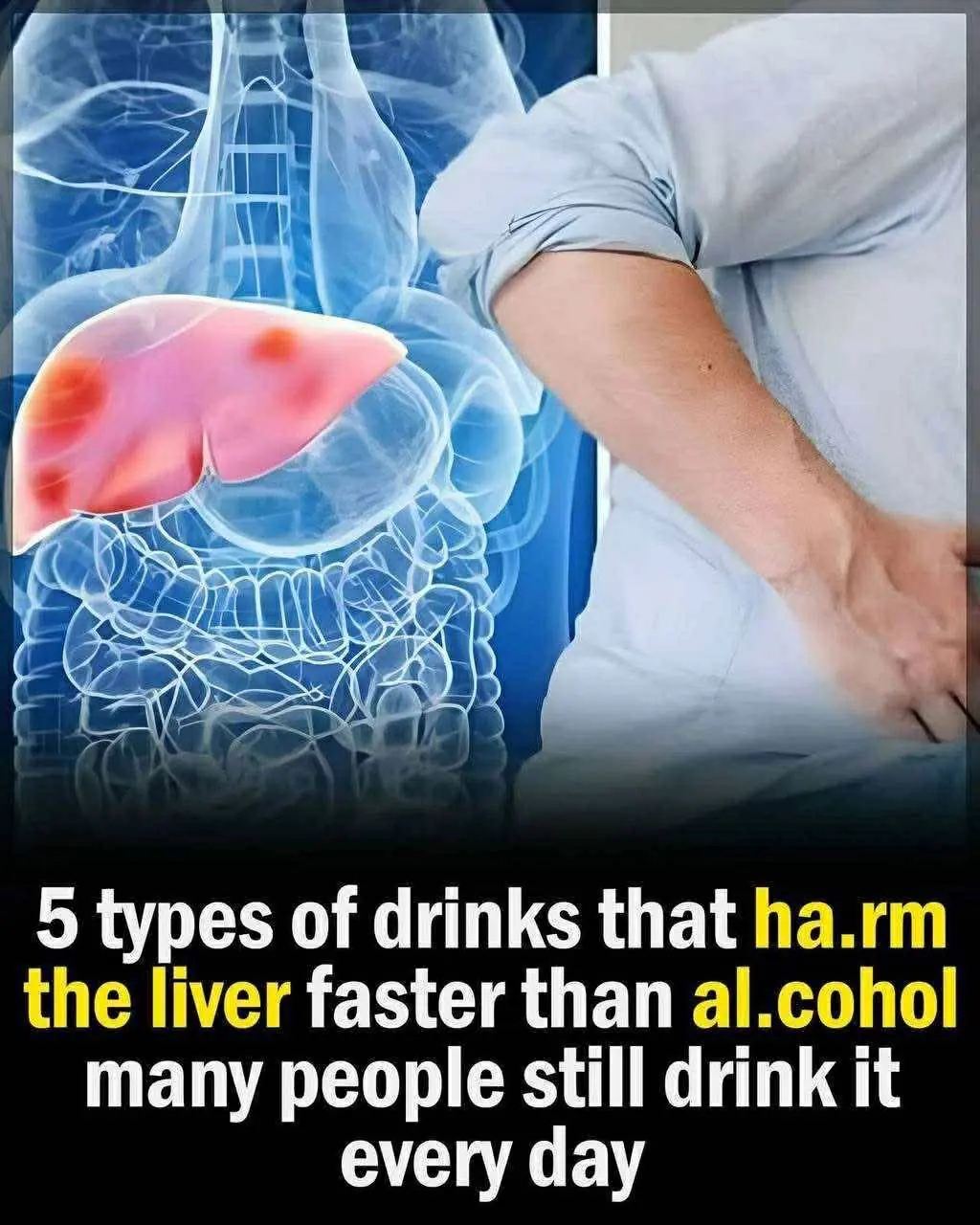
5 everyday drinks that can harm your liver like alcohol

Your Guide to Preparing for the Gynecologist: 10 Key Dos and Don’ts
A 6-year-old boy diagnosed with late-stage canc3r, his father regrets after doctors reveal the cause linked to a popular type of beverage
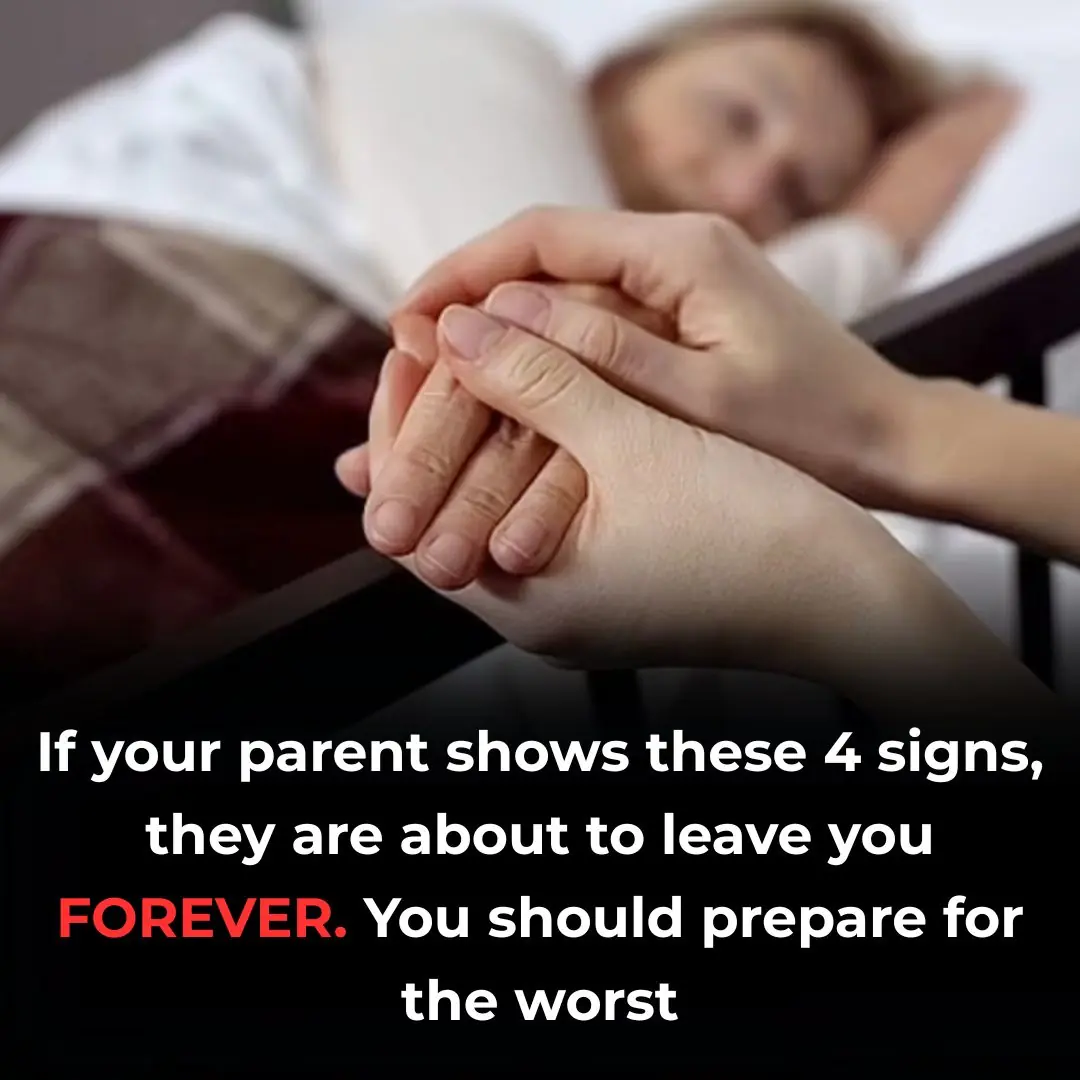
If Your Parent Shows These 4 Signs, They May Be Nearing the End of Life. Prepare Yourself for What’s to Come
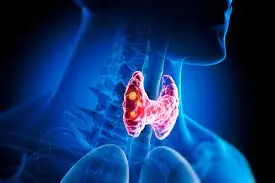
Top 13 Signs That You May Have a Thyroid Disorder
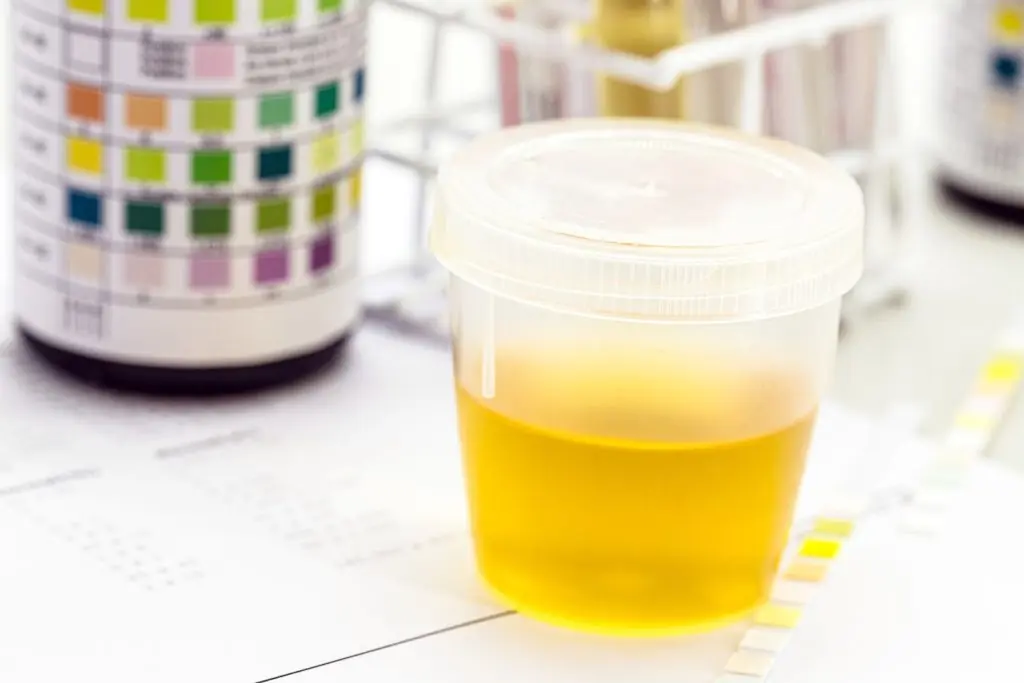
What Can Your Urine Tell You About Your Health?
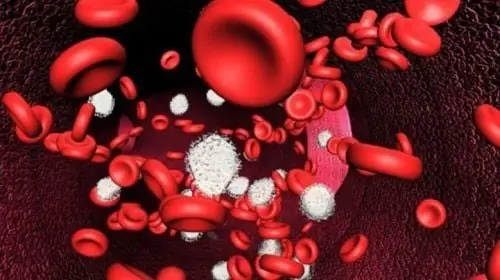
Cancer Cells Destroyed in 42 Days by a Glass of Juice: A Stunning Success That Has the World Celebrating
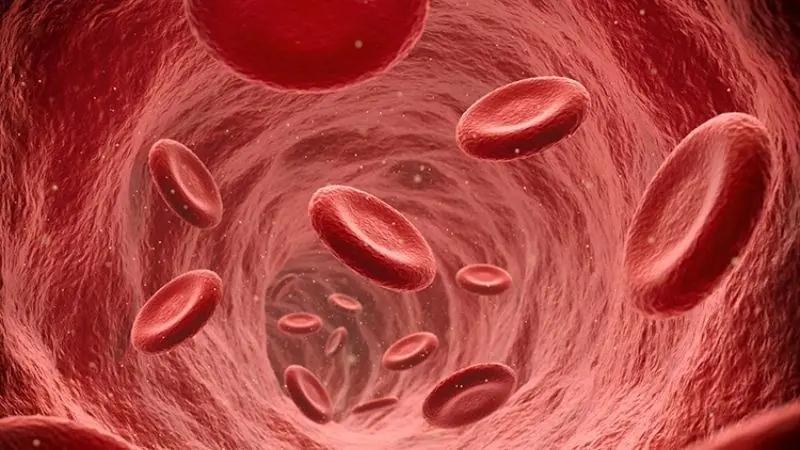
Cancer Doesn’t Hurt at First, But If You Notice These 5 Signs When Using the Bathroom, See a Doctor Early: Don’t Ignore Them

Epsom Salt Bath and Foot Soak – Benefits and Recipes (Ultimate Guide)

10 Benefits to Drinking Warm Water (No Lemon Required)
News Post

The photograph of a little boy who became one of the most recognizable men today

Three Family Members Diagnosed with Thyroid Nodules – The Mother Collapses: “I Thought Eating More of Those Two Things Prevented Cancer”

A Family of Four Siblings Diagnosed with Stomach Cancer – Doctor Shakes His Head: Two "Deadly" Common Habits Many People Share

A 49-Year-Old Man Dies of Brain Hemorrhage – Doctor Warns: No Matter How Hot It Gets, Don't Do These Things

England Has Officially Started To Give Out New Injections That Treat 15 Cancers

He left as soon as he found out the diagnosis of our son. And I stayed—because I couldn’t leave my child alone

Their daughter disappeared in 1990, on the day of her graduation. And 22 years later, the father found an old photo album

We'll live off our daughter-in-law; she has a good job," the mother-in-law shared with her friend

While the woman was doing a deep cleaning of the house, she came across an old letter from her deceased husband. Carefully unfolding it, she skimmed through the lines… and froze

If she needs money again, let her call the bank, not me, — Maria snapped, deleting her mother-in-law’s number from her phone
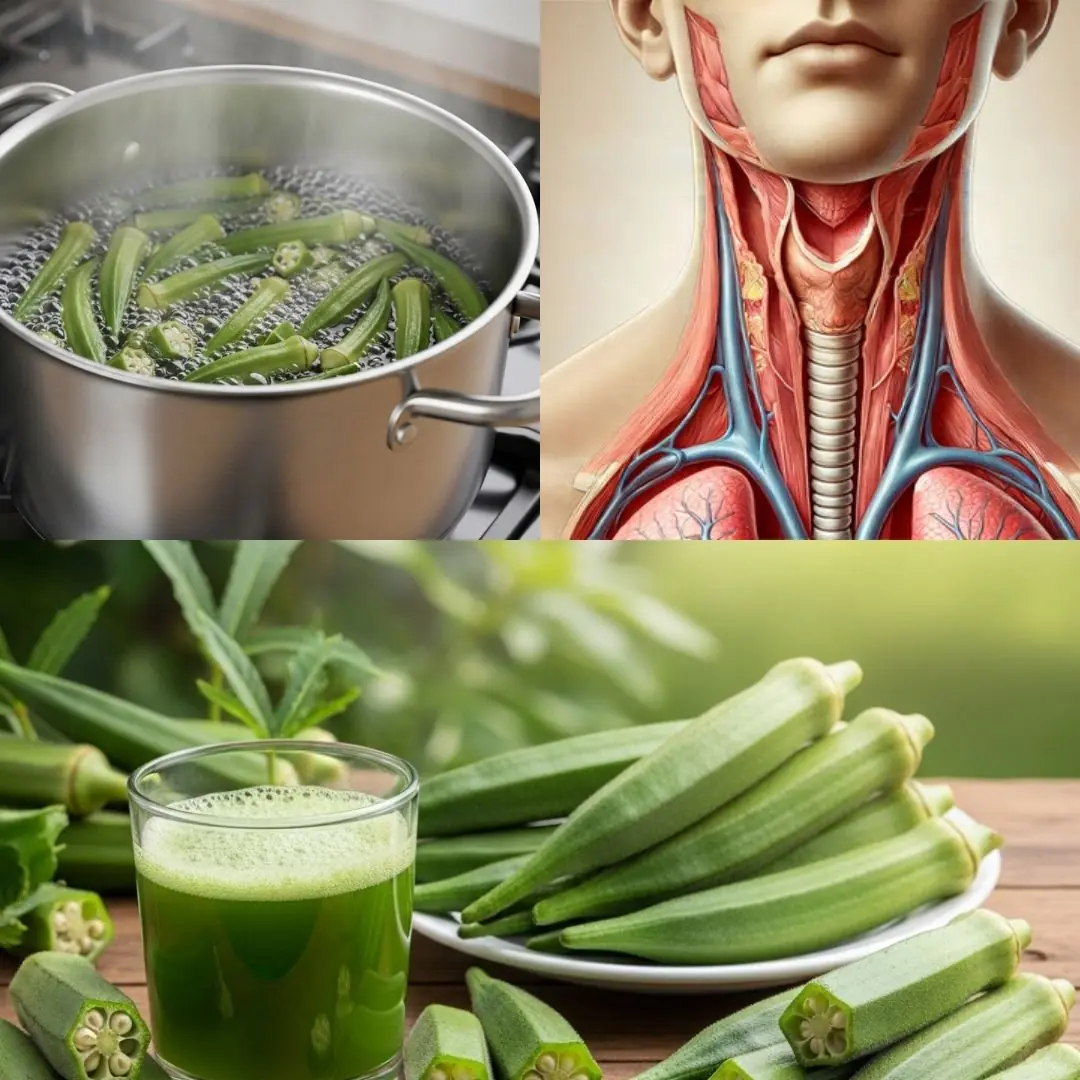
7 Surprising Health Benefits of Okra You Need to Know
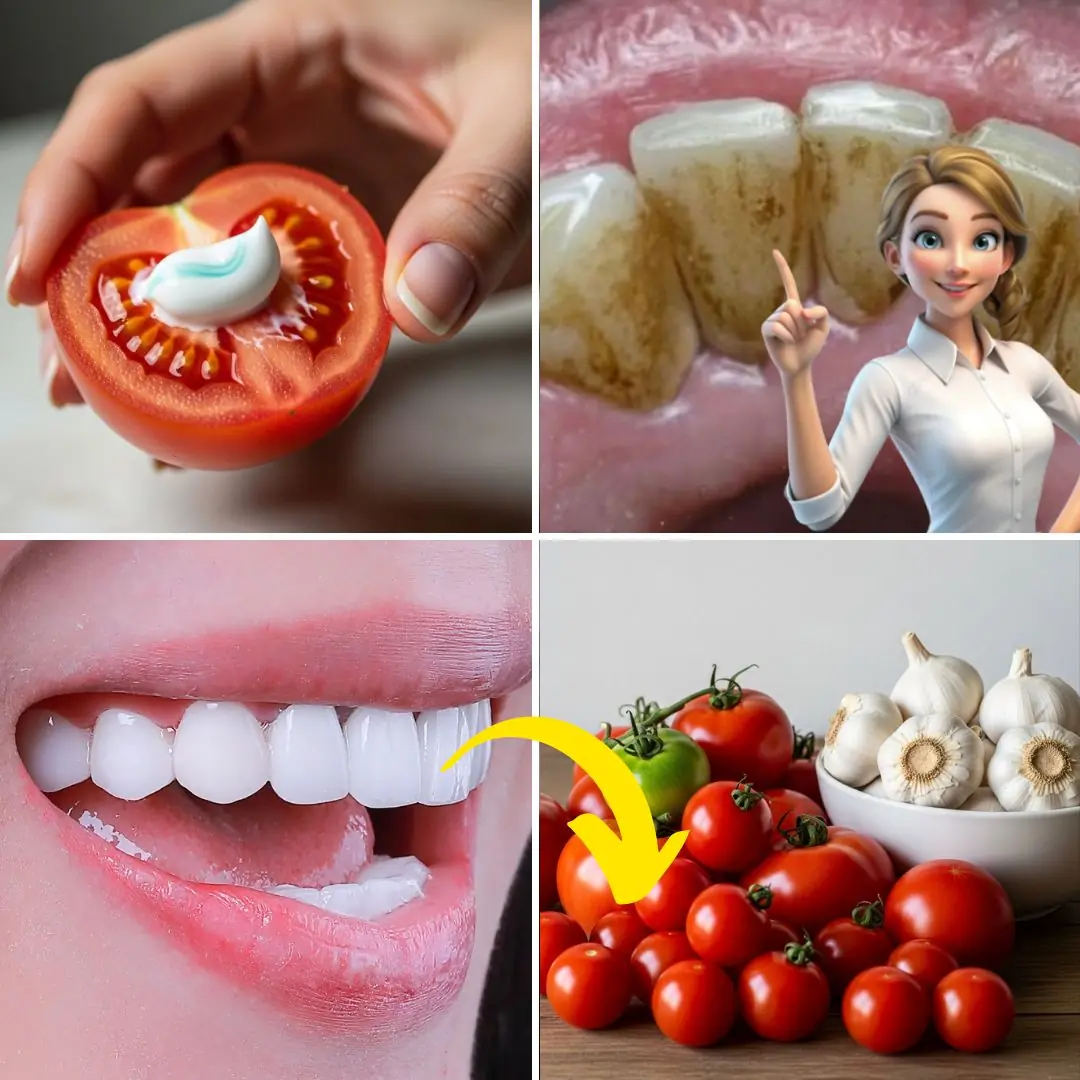
The Secret to a Whiter Smile: A Simple Tomato-Based Teeth Whitening Recipe

How to Fade Age Spots: Causes, Treatments, and Prevention That Actually Work

My Husband Sneaked Out Every Night — I Followed Him One Evening and Discovered a Shocking Truth

I Arrived Early for My Big Day and Found Out My Sister Had Planned Her Own Wedding—At My Venue

A Rude Stranger Humiliated Me at My Son’s Restaurant — The Next Day, She Showed Up at My Home as His Fiancée

🛑 The MOST DANGEROUS Sleep Position You Never Knew! | Boost Your Sleep Instantly

Say Goodbye to Fatty Liver, Blurry Vision, and Anemia with This Powerful Natural Drink

Early Warning Signs of Liver Damage — And How to Protect and Strengthen Your Liver Naturally
